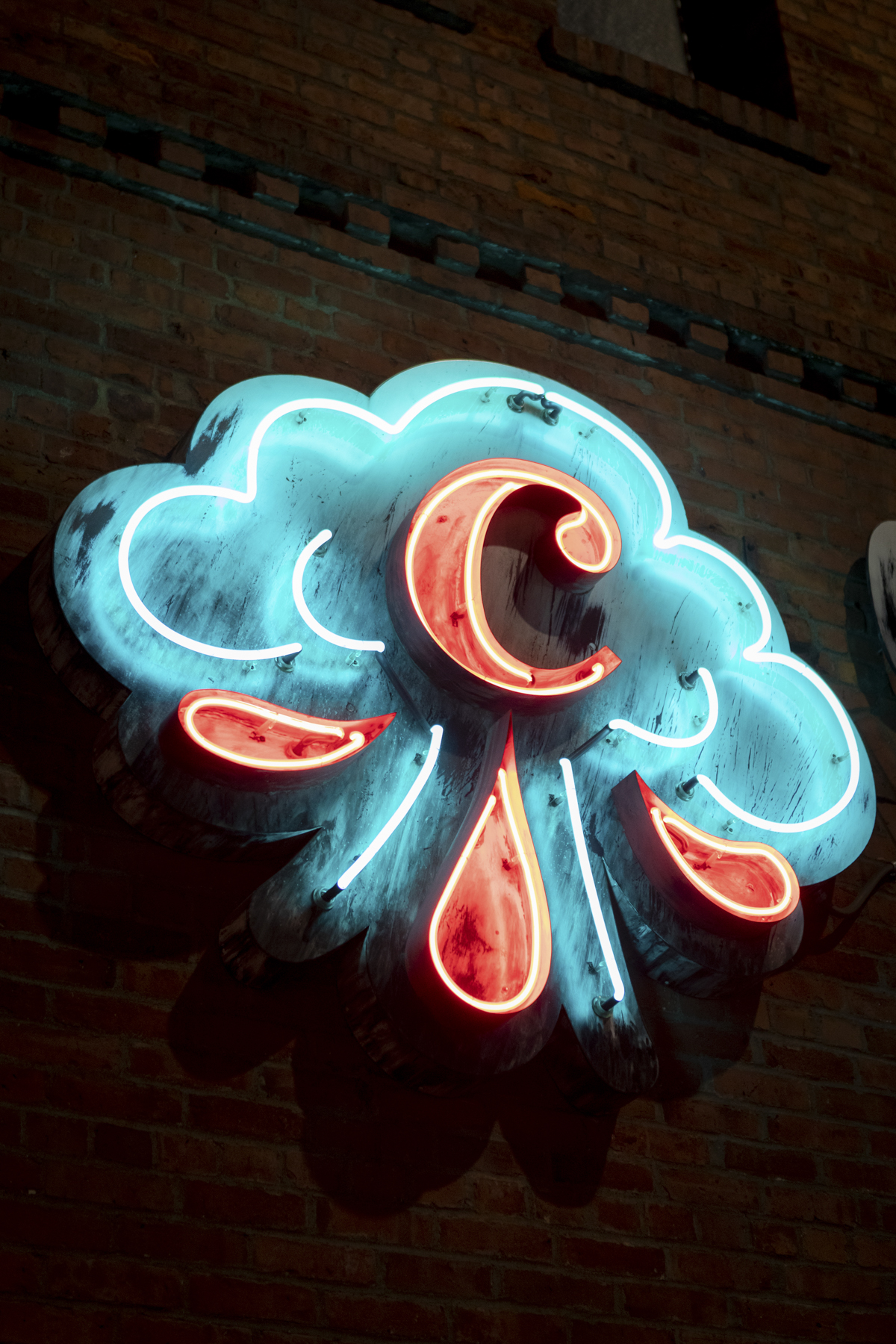

She said she would, only wait a minute she wanted to get her purse, which she did, and they wandered around in the park until, thank you Lord, a roaring cloudburst forced them into a little shack and while the other pot-luckers were eating beans and franks and making forty-days-and-forty-nights jokes, Corde and Diane kissed, wet and hot, and she decided she was going to marry him. The album included other works by Whitacre and was nominated for the 2007 Grammy Award in best Choral Performance.Ī concert band version, commissioned for the Indiana All-State Band, was released by Whitacre in 2001. "Cloudburst" was the title feature of an album by Stephen Layton's chamber choir Polyphony. The storm gradually builds then fades, and the ending of the piece mirrors the beginning section, with the choir arpeggiating as the piano voices block chords. A thunder sheet, bass drum, handbells, suspended cymbal, wind chimes, and piano contribute to the effect of a thunderstorm. During this time, the choir begins claps, snaps, and thigh smacks in order to imitate the sound of rain. In the section titled "The Cloudburst", handbells (which are directed to be hidden from the audience) play a written two bars, and then play at random as the choir crescendos into an aleatoric section, which is signaled by a loud clap of "thunder". This section continues into a spoken, arrhythmic incantatory solo with background. Following the opening section is a baritone solo, which is then followed by the development of a new a cappella theme. Whitacre notates long, sustained notes with text to be spoken at random by each individual singer.

The first section is a cappella, notable for its dissonant tone clusters. The text was adapted from Octavio Paz's poem El Cántaro Roto (The Broken Water-Jug). Whitacre wrote the piece in 1992 (age 22) for eight-part choir, with piano and percussion accompaniment. Cloudburst is one of Eric Whitacre's most famous compositions.


 0 kommentar(er)
0 kommentar(er)
